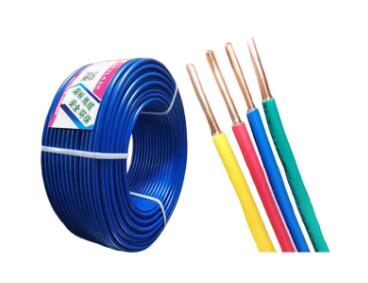How are wires typically color-coded for identification
2023-11-01
Wires are typically color-coded for identification in electrical and electronic systems to make it easier to understand and troubleshoot connections. The color-coding of wires is standardized to ensure consistency and safety in various applications. Common color codes for wire identification include:
1. AC Power Wiring:
- Black: Hot or live wires, typically carrying the primary current.
- Red: Often used for hot wires in three-phase electrical systems.
- White or Gray: Neutral wires, providing a return path for current.
- Green or Bare Copper: Ground wires for safety and grounding purposes.
2. DC Power Wiring:
- Red: Positive or supply voltage.
- Black: Negative or ground (sometimes blue is used for negative in automotive applications).
- Other colors may be used for specific DC voltages or applications.
3. Low-Voltage Wiring:
- Red: Typically used for power or positive connections.
- Black: Ground or negative connections.
- Blue, Green, or Yellow: Often used for communication or control wiring.
- White: Used for various purposes, including as a common return wire.
4. Control and Signal Wiring:
- Color codes for control and signal wiring can vary by industry and application. In some cases, specific colors are designated for particular functions. For example:
- Blue: Used for low-voltage switches and lighting control.
- Yellow: Used for temperature sensors or thermocouples.
- Orange: Used for data or communication lines.
- Brown: Used for motor control and power lines.
5. Telecommunications Wiring:
- Blue: Typically used for data and Ethernet connections.
- Green: Used for phone lines.
- Orange: Often used for fiber optic cables.
- Brown: May be used for future expansion or special applications.
It's important to note that these color codes are general guidelines and can vary by region, industry, or specific applications. Additionally, international standards may differ from local practices. Therefore, it's crucial to follow the relevant standards and codes in your area or industry to ensure proper wire identification and safety.
When working with wires, always double-check the color-coding standards in use and label wires as necessary to prevent confusion or mistakes during installation, maintenance, or repairs.



